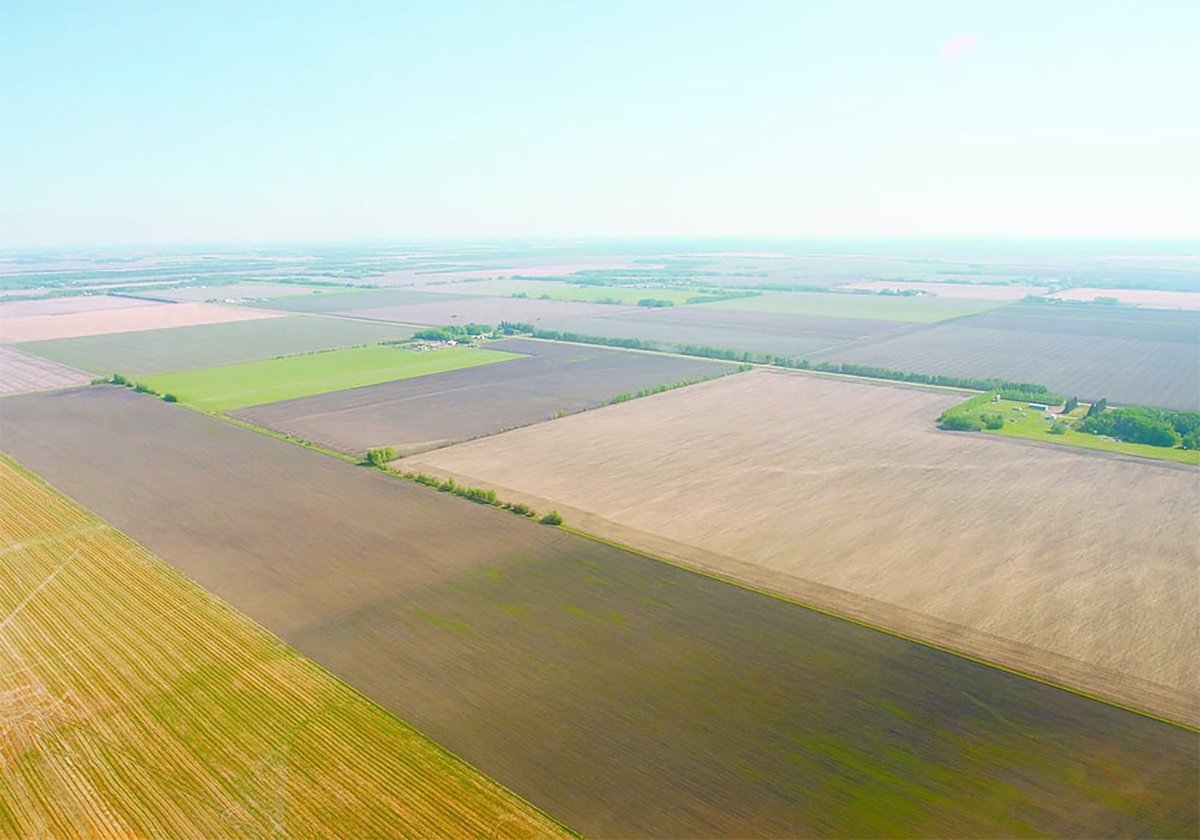Pastures will be in rough shape if it doesn’t rain soon across much of Alberta.
Alberta Agriculture beef and forage specialist Barry Yaremcio said cattle producers should think ahead to ensure good calf nutrition and future feed availability.
Creep feeding is a standard way to improve calf development, whether pastures are good or bad, and Yaremcio said it could pay dividends with calf prices still relatively high.
“At 45 days, these calves can handle creep feed without any problem whatsoever,” he said.
“Their stomachs have developed enough that they will digest the grain and utilize the nutrients.”
Read Also

Saskatchewan amends farm land ownership regulations
The Canada Pension Plan Investment Board can no longer own Saskatchewan farmland.
A 300 to 400 pound calf should have a creep feed with 16 percent protein from a natural source rather than from added urea.
Yaremcio said calves smaller than 450 lb. can’t use urea, so the protein is lost. Natural sources include peas, soybean meal, canola meal and dried distillers grains.
“Any of those would be just fine.”
The feed should also have at least 75 percent total digestible nutrients so that calves can use the extra energy for weight gain.
Yaremcio’s fall-back creep feed recipe is one-third split peas, one-third barley and one-third oats.
“That will give them a good 16 percent creep feed on average,” he said.
Some producers provide additional oats or barley as creep feed for calves. Yaremcio said that will aid weight gain but if protein is low, it won’t allow calves to develop needed bone and muscle for optimum growth.
That results in what Yaremcio calls “short, dumpy butterballs” that are discounted at auction.
Calves smaller than 700 lb. spend a lot of time chewing their food, so there is no need to roll or otherwise process the creep feed.
Heavier calves gobble their food, so it should be processed to allow maximum nutrition to be extracted.
Yaremcio said producers who buy commercial creep feeds should add an ionophore, which can deliver a seven or eight percent improvement in feed efficiency and higher weight gain.

















